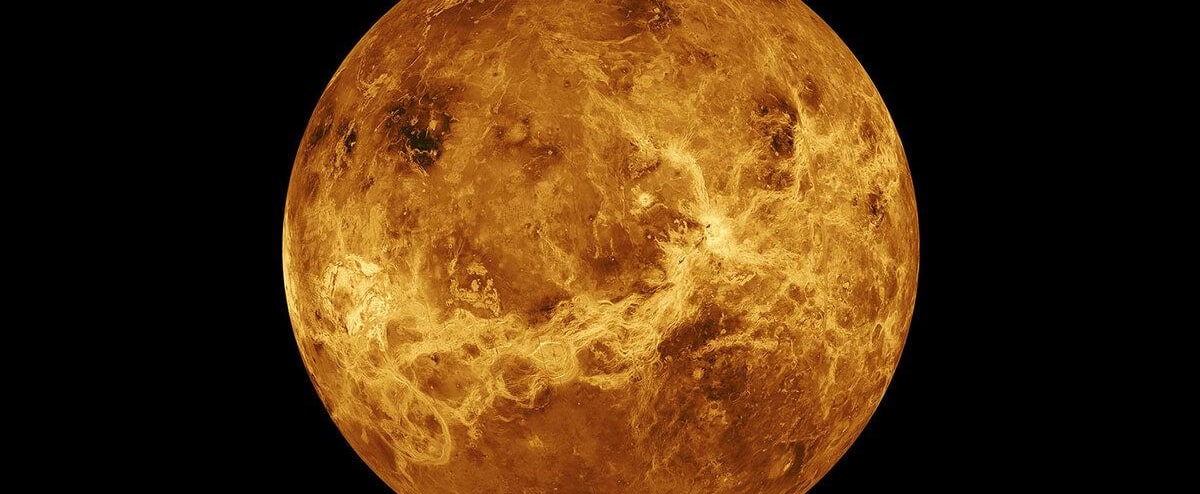The European Space Agency (ESA) on Thursday selected a probe, EnVision, to explore Venus in the early 2030s, in order to understand how the planet, our closest neighbor, became a toxic, uninhabitable inferno.
• Read also: NASA announces two new missions to explore Venus
• Read also: Are aliens watching us? Highly anticipated US UFO report
The announcement comes a week after NASA announced two new missions to Venus, Da Vinci + and Veritas, between 2028 and 2030.
The agency said in a statement that the Envision probe, which competed with another mission called Theseus, was ultimately selected by the ESA’s Science Program Committee for its “cutting edge” technology.
The European Space Agency, which includes 22 countries, said the total budget for the mission is 610 million euros.
The probe will launch a series of European instruments that make it possible to provide a “global view of the planet, from its inner core to its upper atmosphere, in order to determine how and why Venus and Earth evolved very differently.”
Venus may have roughly the same size and composition as Earth, experienced a dramatic climate change, and evolved “in a toxic atmosphere enveloped in thick clouds rich in sulfuric acid,” the European Space Agency details.
The closest EnVision launch opportunity is 2031, and other options are possible in 2032 and 2033. After liftoff, EnVision will take about 15 months to reach its destination, and an additional 16 months to set its orbit, including between 220 and 540 km above Venus.
Onboard spectrometers will monitor atmospheric gases and analyze the surface composition, “looking for any changes associated with signs of active volcanic activity.” Radar provided by NASA will send images and maps of the surface.
The instrument will also make it possible to examine the internal structure of the planet and its gravitational field.
The previous ESA Venus Express mission (2005-2014) focused primarily on atmospheric research.

“Proud thinker. Tv fanatic. Communicator. Evil student. Food junkie. Passionate coffee geek. Award-winning alcohol advocate.”


